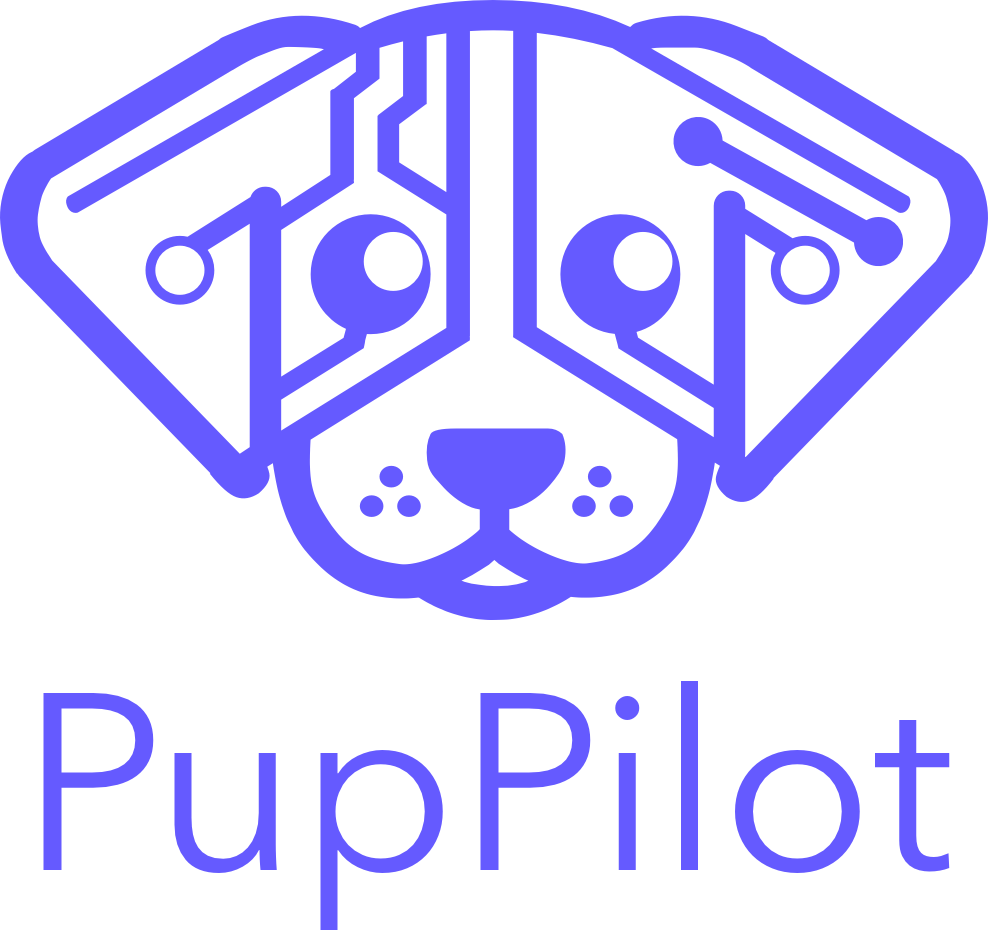Vet Care vs. Childcare: Whose Costs Are Climbing Faster in 2025?
In 2025, vet care inflation (~6–7% YoY) is running slightly hotter than childcare (~5–6%), and both far outpace overall CPI. Decades-long data show these labor-intensive services consistently rising faster than average.

Introduction
Both pet ownership and parenthood come with loving rewards – and mounting bills. In recent years, the costs of veterinary care for pets and childcare for kids have surged faster than overall inflation. U.S. Consumer Price Index (CPI) data in mid-2025 shows veterinary services prices jumping about 6.4% year-over-year (far above the ~2.7% overall inflation rate). Meanwhile, daycare and preschool costs have climbed roughly 5.7% over the past year. These increases outpace general price growth, squeezing family budgets for both pet care and child care. This article dives into the data behind these trends, why they’re happening, and how pet owners (in particular) can plan for rising vet bills.
For the broader demographic shift, see Trends in Children vs. Pets.
Long-Term Inflation Trends for Pet Care vs. Childcare
Historically, both childcare and pet care costs have risen much faster than average prices. Since the 1990s, child daycare costs have increased about 282% (from 1990 to 2025), which equates to roughly 3.9% inflation per year – well above the overall 2.6% annual inflation in that period. Veterinary services have seen even steeper long-run inflation: prices are nearly 290% higher in 2025 than in 1997, averaging about 4.97% inflation annually versus 2.5% for general prices.
In other words, both child care and vet care have roughly tripled (or more) in cost, far outstripping the inflation of most other goods and services over decades. Importantly, the inflation “race” between pet care and childcare has been close. Economist Alex Tabarrok compared the price indexes of pet services and child daycare over 26 years and found their trajectories “nearly identical,” with child daycare rising only slightly faster in real terms (36% vs 28% above overall inflation). While that particular analysis excluded veterinary services, it underscores that both types of care work have become significantly more expensive in real dollars.
Recent Surge in Vet Bills vs. Childcare Fees
In the past couple of years, inflation in pet care has accelerated sharply, even outpacing childcare. Veterinary service costs erupted by nearly 9% in 2022 and 9.4% in 2023 – the largest annual jumps on record for vet bills. Pet owners felt this in wallet-busting vet visits and procedures. By late 2024 into 2025, vet care inflation cooled a bit but remained elevated (~5–7% year-over-year), still running hotter than overall CPI. In fact, some analyses noted veterinarian services were over 7% more expensive than a year prior, overwhelming many pet owners.
Childcare costs have also seen a pandemic-era bump, though their peak increases were a bit lower. After a brief lull in 2020–2021, daycare and preschool fees jumped 3.9% in 2022 and 5.6% in 2023, the fastest increase for childcare in decades. By 2023, pet care inflation pulled ahead – nearly double the rate of childcare inflation that year. Even as both sectors’ price growth has eased slightly by 2025, vet care remains the costlier curve, growing about a percentage point faster than childcare on a yearly basis.
What’s Driving the Rise in Vet and Childcare Costs?
Pet care and child care share some underlying economic challenges. Both are very labor-intensive services that haven’t seen the kind of productivity boosts other industries have. Economists point to the “Baumol effect” (or cost disease): when workers in labor-heavy fields (like daycare or veterinary medicine) need higher pay to keep up with wages in more productive industries, their service costs inevitably rise faster than average inflation. In simple terms, you can’t easily automate toddler care or pet surgery – they still require skilled humans. Over time, as productivity in manufacturing or tech rises (making those goods cheaper), the relative cost of human care work increases.
That said, specific factors add fuel to the fire in each sector:
Veterinary Services: Since the pandemic, clinics face rising costs for medical supplies, drugs, and operations. Many practices have also invested in advanced new technologies and treatments to improve pet health – from cutting-edge diagnostics to specialty surgeries – which come with hefty price tags. Pets are also living longer, requiring more frequent and complex medical care. Corporate consolidation has added pressure, as large hospital groups often charge more than independent clinics. Additionally, vet clinics are raising staff wages to attract and retain veterinarians and technicians amid workforce shortages. It’s a perfect storm of inflation, innovation, and increased demand for high-quality pet care.
Childcare: Costs remain high due to strict regulations and the labor-intensive nature of the work. Daycare centers must maintain low child-to-staff ratios, meet safety and training standards, and comply with regulations that, while crucial for quality, also limit efficiency. Caregiver wages, historically low, have risen recently to attract workers – especially post-COVID, when many left the sector. Labor shortages forced significant wage hikes in 2022–2023, pushing prices up further. Other costs like rent, insurance, and supplies have risen with general inflation. The result: child care costs relentlessly increase faster than overall inflation, stretching families’ budgets.
Impact on Families and Pet Owners
For parents of young kids, expensive child care can be a serious barrier – some reduce work hours or leave the workforce because daycare costs rival their paycheck. Similarly, rising pet care costs are forcing difficult choices on pet owners. In 2023, a LendingTree survey found 3 in 4 pet owners reported their pet’s care costs were rising due to inflation, and about 26% said they were struggling to afford pet expenses. Unlike human health care, vet care is typically paid out-of-pocket, so price hikes hit pet owners directly. Shelters around the country have noted an uptick in owners surrendering pets because they can’t afford the costs.
Even routine care has become burdensome. Pet owners report costs like a dog dental cleaning jumping from $350 to nearly $600 in just a year. Yet, surveys also show pet parents are reluctant to cut back – 46% say they spend as much or more on their pets each month as they do on their children. Many view their pets as family members and are willing to sacrifice in other areas to ensure their pets get needed care. This emotional bond makes rising pet costs an especially poignant issue.
Tips for Managing Pet Care Inflation
If you’re feeling the squeeze from vet bills, here are some strategies:
- Plan & Save for Pet Expenses: Build a pet care line item into your household budget. Even a modest monthly contribution can accumulate to cover routine check-ups or minor emergencies.
- Consider Pet Insurance or Wellness Plans: Insurance can help with major illnesses or injuries, while wellness plans may cover routine care.
- Use Preventive Care: Regular check-ups, vaccinations, parasite prevention, and proper nutrition reduce the risk of major health issues.
- Shop Around & Ask for Options: Prices vary. Seek second opinions, ask about alternatives, or request payment plans if needed.
- Look for Community Resources: Shelters, veterinary schools, and nonprofits often provide low-cost clinics, spay/neuter programs, or financial assistance.
By using these strategies, pet owners can better weather the trend of rising pet care prices. Much like parents planning child care, pet parents should plan for vet care as a necessary expense.
Conclusion
So, which is climbing faster: vet care or child care? In 2025, pet health costs have a slight edge in the inflation race, with veterinary services rising at roughly 6–7% vs. about 4–5% for childcare. But the broader picture is that both have far outpaced overall inflation and are stretching budgets significantly. Whether it’s paying for daycare or a veterinarian, families are feeling the pressure of these essential, labor-intensive services getting pricier each year.
Ultimately, raising a child and caring for a pet are very different responsibilities, but they share a common lesson: financial planning is key. By staying informed about cost trends and being proactive, families can ensure that both their two-legged and four-legged loved ones get the care they need – without derailing their finances.
Related: Pet Insurance by State: Adoption Is Surging—But Still Tiny, These U.S. Cities Are Best for Renters with Pets (2024 Data), and When Care Becomes a Cost: The Rising Financial Strain of Pet Healthcare.
Sources
- U.S. Bureau of Labor Statistics (CPI data) – bls.gov
- Long-term price trend analyses – in2013dollars.com
- Economic insights on care costs – marginalrevolution.com
- Industry commentary on rising vet bills – wcpo.com, avma.org
- Surveys on pet owner experiences – debtwave.org
- Childcare affordability context – ffyf.org
